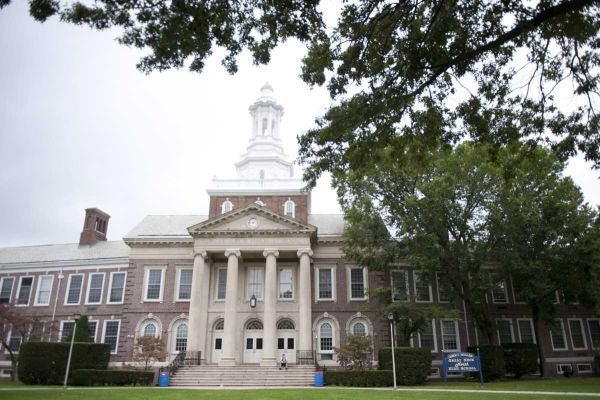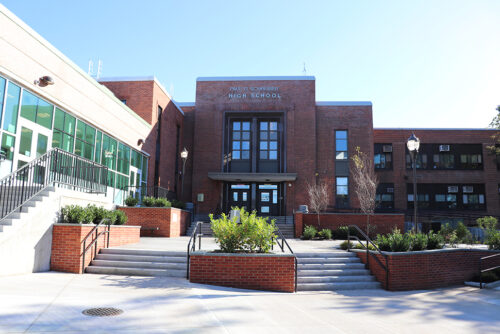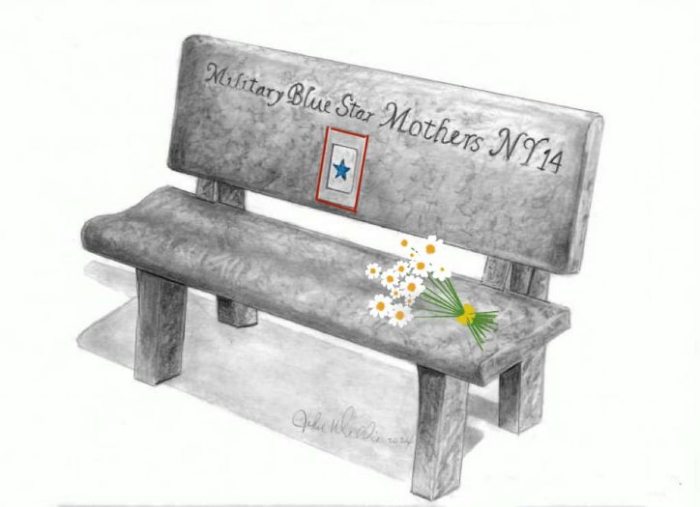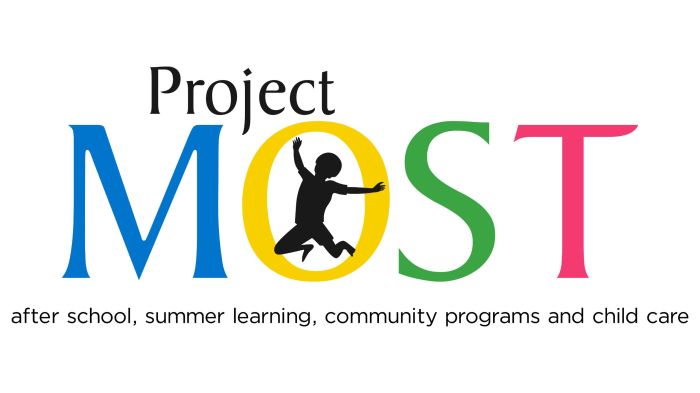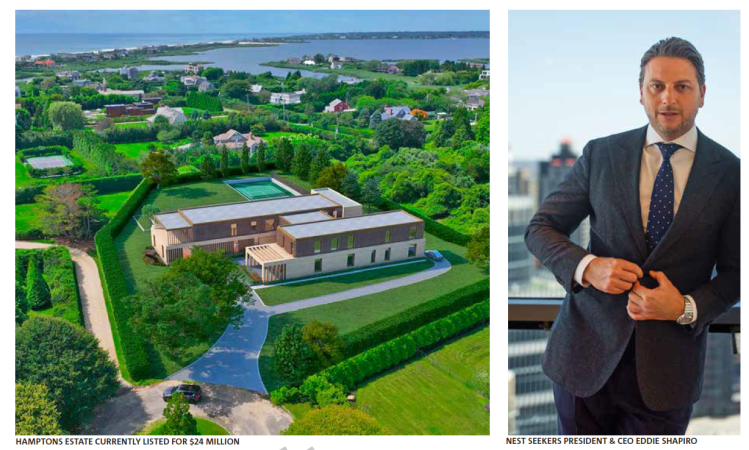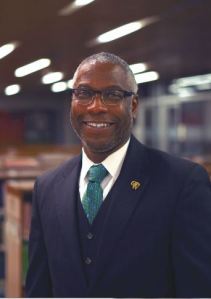
After a 10-month search with dozens of candidates considered, SUNY Old Westbury tapped Syracuse native Dr. Timothy E. Sams to lead the four-year institution. He succeeds Dr. Calvin O. Butts III, who stepped down last August after a tenure of nearly 21 years.
Sams has extensive administrative experience, having spent 29 years in various leadership positions. His last post was vice president of student affairs for Prairie View A&M University in Prairie View, TX.
In a press release, he stated, “Assuming the presidency of SUNY Old Westbury is an honor and the highlight of my career and I am proud to follow President Emeritus Butts in this capacity. I have spent three decades seeking to transform student’s lives through access, excellence, success and impact. Old Westbury’s mission to cultivate critical thinking, empathy, creativity and intercultural understanding, to endeavor to stimulate a passion for learning and commitment to building a more just and sustainable world, is perfectly aligned with my worldview. I can imagine no better place for me to be a president.”
“Dr. Sams has dedicated his adult life to creating dynamic academic and social communities that support the development of college students,” said Mili Makhijani, chair of the SUNY Old Westbury College Council. “His career-long commitment to student engagement and advocacy matches strikingly well with Old Westbury’s ongoing emphasis on student equity and success, as well as its historic commitment to empowering students, especially those from underserved backgrounds, to excel as leaders both in their careers and in the communities in which they live and work.”
According to a press release:
He currently is vice president of student affairs for Prairie View A&M University in Prairie View, Texas. At Prairie View, he has showcased his deep commitment to excellence, student support, and inclusivity through the creation of the university’s residential college, emergency resource center, and LGBTQ+ Resource Center.
This recent work builds on past experiences at respected institutions across the country. As the senior vice president for student development at Morehouse College, he held a portfolio that included Student Services, Enrollment Management, Campus Safety and Athletics, among other units. As vice president for student life at Rensselaer Polytechnic Institute, he led such services as Residential Life, Health and Mental Health Services, the Campus Center and Career Services. He is also credited as inaugurating the Student Life Office at New York University-Abu Dhabi and, for 13 years, led the Black Cultural Center at Swarthmore College.
Dr. Sams’ career accomplishments include reaccreditation and two strategic plans, student success, efforts to increase student and staff diversity, and elevating residential college models at three institutions. He helped create the nation’s first ROTC Center of Excellence, a campus-based PrEP program, a J-Mester program, a bridge program, an undergraduate completion program, an experiential learning and cultural immersion program in Ghana, West Africa, two major LGBTQ support initiatives, a student emergency resource center, and a $1.5 million federal community intervention grant.
Dr. Sams earned a bachelor’s degree in History and Sociology from Union College in Schenectady, a Masters in Africana Studies from the University at Albany, and a Ph.D. in African American Studies from Temple University. He is an Minority Serving Institutions’ (MSI) Aspiring Leaders Fellow and recipient of the 2020 Champions for Student Success Award from American Campus Communities.
The appointment concludes a 10-month search process that included an 18-member search committee representing a wide range of campus and state constituencies. RPA Inc., an executive search firm with an expertise in higher education, assisted in the process.
Anton Media Group recently interviewed Sams as he got ready to assume the top spot.
Q: Why did you get picked over so many qualified people?

A: [It] was the issue of [being] fit for the institution. That looms large. I think there is a fit around the world view, the culture and the way the Old Westbury college community thinks about education. I’m a purpose-driven educator [and believe] that the purpose of education is to help people to transition to a higher place in life, to transform the communities from which they’ve come and ultimately, to improve humanity. That, as I understand, is Old Westbury. Its identity is built around transforming the lives of those student bodies through excellence, through engagement with the surrounding community, through critical thinking. That is what my career has been built on. And that is what I think convinced [the search committee] that I should be the next president.
Q: What is your educational philosophy?
A: I come from a very strong, traditional liberal arts background, which has been driven by the principle that education is about the life of the mind. I always believe that people depend on education to change and transform their lives and the lives of the people they love and care about in the community they come from.
Q: Has your whole career pointed you to this stage where you will be in charge of a college?
A: I started out as faculty, but immediately decided on being an administrator. I felt I had a greater impact on students as an administrator than as a faculty member. Eventually, I had a couple of [college] presidents who pulled me aside and said, ‘You need to consider being a president. You have the orientation to it. You have the chops. You have to start doing these things with the goal of ultimately being a president.’ After that I started out to do it. The three vice presidency stints that I had helped me to refine that work, so I felt very convincingly in myself that I was true to the reasons I’m doing this work. And so, at the end of that, if I’m able to find or identify an opportunity that resonates with my identity as a person, the reason I’m doing it, then that would make that presidency right for me.
Q: Being in charge of things such as student life, health, etc., helped you learn the granular details and nuts and bolts of campus life.
A: I appreciate you identifying that. A significant portion of the liability of an institution lies with its student body. I believe that a lot of the challenges manifest themselves in the students’ lives. If we have a challenge around our academic apparatus, you will see it play out in the quality of our graduates and the failure of us to graduate students. If we’re talking about our facilities, you will see it play out. The quality of their living experience, the quality of their classroom experience, the quality of their recreational experience. Any business model requires that you have a keen ability to deliver on the promise you make to your consumers. In the 29 years I’ve been [in this field] I have worked to get the institution to move and shift and change in a way that ultimately makes our primary consumer satisfied. And that’s our students.
Q: When will the college decide on returning to in-person classes?

A: My understanding is that the governor allowed each school to make a determination about the way in which they wanted services delivered. So across the 64 campuses in SUNY, you see various educational models at play, from full in-class classroom experiences to hybrid to full online classes or a mix of all three. The model we chose at Old Westbury was to move all of our classes to online out of an abundance of caution. My understanding is that [in the spring] semester we’re going to continue with that. Until we see some kind of real reprieve—definitely the opposite of what we’re seeing right now, the trendlines of COVID-19.
We’re a brick and mortar campus. So what we never want to do is diminish the quality of our education. We know that students do not like online education—if they liked it, they would have gone to another institution. So we have to convince students of the value of their online education and make sure that it still achieves excellence in the way that we develop our students in a way [that they] to come to expect. And do a smooth transition to an in-classroom model.
We do have a small exception, about 100 students who are on campus taking in-person courses and that is based upon the requirements of the course. There was no way they could have done [that aspect] of the course online.
In response to a question, spokesperson Michael Kinane said, “Roughly 7 percent of the overall number of classes we are offering for the spring will have limited in-person components. Those offerings with those limited in-person components begin occur ring during the week of February 8.”
Q: Where do you see the college needing improvement and where is it lacking?
 A: We need capital. We need money. Of all the schools that I’m aware of, Old Westbury sits on the greatest mound of promise and potential I’ve ever seen. How do we get it to fully engage so that it would be one of the most meaningful colleges in our nation? And the answer is, it needs capital. It needs investment. It needs people to believe in that mission and who have the financial wherewithal to fuel that mission so that it can be catalytic to change in this country.
A: We need capital. We need money. Of all the schools that I’m aware of, Old Westbury sits on the greatest mound of promise and potential I’ve ever seen. How do we get it to fully engage so that it would be one of the most meaningful colleges in our nation? And the answer is, it needs capital. It needs investment. It needs people to believe in that mission and who have the financial wherewithal to fuel that mission so that it can be catalytic to change in this country.
Q: Do the college presidents make their case to the SUNY Board of Trustees as far as pleading for resources?
A: Yes. And as you know, both private and public colleges have to have a diverse financial portfolio. Long gone are the days when public colleges and universities rely on financials coming from the state. The SUNY system is not unlike any other. The demand has increased and the resources have decreased—almost in parallel. And so what a leader has to do today is be able to go out and work the financial and the funding world and sell them on the fact that we are truly investment worthy.
Q: What are some of the immediate things that need to be addressed?
A: COVID-19. If I said anything else I’d have my head in the sand. But along the lines of COVID comes financial stability. Schools are taking significant hits in their enrollment. We are an enrollment-driven institution, which means the fewer students we have, [the less] in our financial coffers for the operation of the school.
[Another] thing that grabs me immediately is our retention and graduation rate. Ultimately we want everyone who comes on that campus, we want them to have a good sense of the possibility of them graduating and moving on to the careers of their choice. And so I’m going to be looking at, in addition to the COVID-related items that we talked about, at retention and graduation and student experience and what levers we can push and pull to raise those numbers. At the end of the day, the ultimate outcome for any college, and certainly one of the top three worries of any president is whether or not they’re graduating the students they bring in.
Q: What is the graduation rate?
A: My understanding is that it is around 40 percent [actually, 48.2 percent]. It’s not an acceptable figure in any type of location. If you and I owned a business and we were successful at a 40 percent rate, we’d be unemployed. We’d go belly up. We need to be at a rate that is significantly higher and most importantly, represents our commitment to providing excellent formal education for our students.
Q: What percentage live on campus and is housing going to be part of any long range plans?
A: I think about 20 percent of the student body live on campus. We have beds for 900 (out of about 4,900 enrolled). One of the challenges is that I understand that there are students who are having problems with housing, and I expect to be looking at housing challenges to make sure that whatever solution we craft, we can argue that it works best for their academic pursuit. Housing, like every other aspect of the college experience, is designed to retain and graduate students. And so when students have what we call housing insecurity, we want to use housing in the best way possible to erase those insecurities so they can focus on the real reason they’re there, which is to study.
Spokesperson Michael Kinane said that 760 students were living on campus before the pandemic shut down in-person classes.
Q: When the state is back in financial health, can you imagine putting up more student housing there?
A: Yes, I can imagine it. But there are a lot of conversations to be had. I can imagine it because it is the model of education that I believe in.
Q: Now you will be the one who has to make the decisions. Is this a challenge that fills you with apprehension?

A: I would say my concern relates to doing anything that you care about for the first time. But my concern is not about our ability as an institution to meet the challenges. As it relates to meeting those challenges, it is a collective responsibility, and that responsibility for me does not stop at the gate or at the entrance to the campus. I believe in the town-gown relationship, [interacting with] the surrounding Westbury community. As I’ve come to understand Old Westbury from afar, there is nothing about the community that speaks of failure—or lack of success. And that should be the way the community also looks at its college. That its success is inextricably tied to the success of its college. That as the college elevates, so too does our community. That’s my job to argue that, and that the community sees it. What’s most important for me is the ability to be able to talk to all the stakeholders and make sure that we are envisioning an elevated college together and playing our roles in an interchangeable, interdependent kind of way.
Q: Your predecessor was here for almost 21 years. Do you see yourself retiring from this job?
A: This is it. There is a great deal of work to be done at the college for me to feel that I’ve been successful. For me to feel like I have fulfilled the reasons why they brought me in as a president. Most importantly, being a president is such hard work that I said to everybody in my life, ‘I’m only doing this one time. And then I plan to retire.’
SUNY Old Westbury By The Numbers
Employee Staffing
• Faculty (full and part-time): 380
• Staff: 371
• 83 percent hold terminal degrees (doctorate is not the highest in some fields, like visual arts, etc.)
Student “Geography”
• Nassau County: 51 percent
• Suffolk County: 26 percent
• New York City (5 boroughs): 20 percent
• Other NY State, Domestic & International: 3 percent
Enrollment
• Student population (Fall 2020): 5,027
• Total Undergraduate: 4,667
• Full-Time: 3,949 (84.6 percent)
• Part-Time: 718 (15.4 percent)
• Total Graduate: 360
• Full-Time: 186 (51.7 percent)
• Part-Time: 174 (48.3 percent)
• Hispanic/Latino: 33.2 percent
• White/Non-Hispanic: 26.4 percent
• African-American: 24.7 percent
• Asian: 10.6 percent
• Multiracial or unknown: 3.7 percent
• Non-resident alien (international): 0.8 percent
• American Indian/Alaskan: 0.4 percent
• Hawaiian/Pacific Islander: 0.2 percent
Fall 2019 enrollment was 5,128. Graduated one of the largest classes in college history in 2020 with over 1,200 graduates
About SUNY Old Westbury
SUNY Old Westbury is a selective public liberal arts college with more than 5,000 students studying in more than 45 undergraduate degree opportunities in its liberal arts and professional programs and 19 graduate programs in business, data analytics, education, liberal studies, and mental health counseling. On the college’s 604-acre campus, students are challenged to take ownership of their futures through an environment that demands academic excellence, fosters intercultural understanding, and endeavors to stimulate a passion for learning and a commitment to building a more just and sustainable world.




